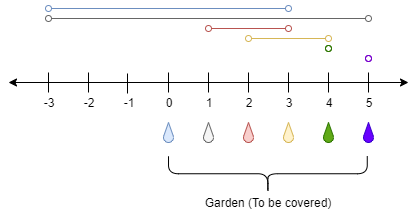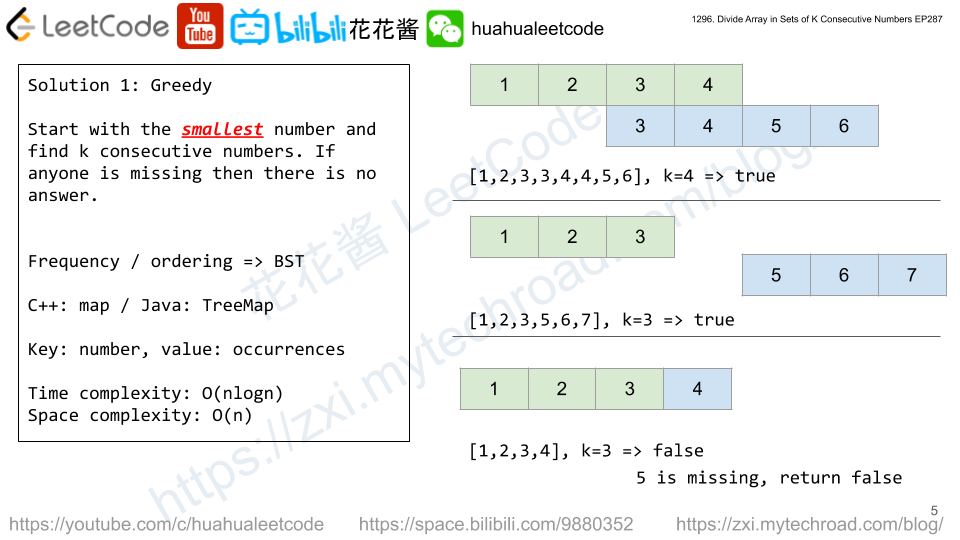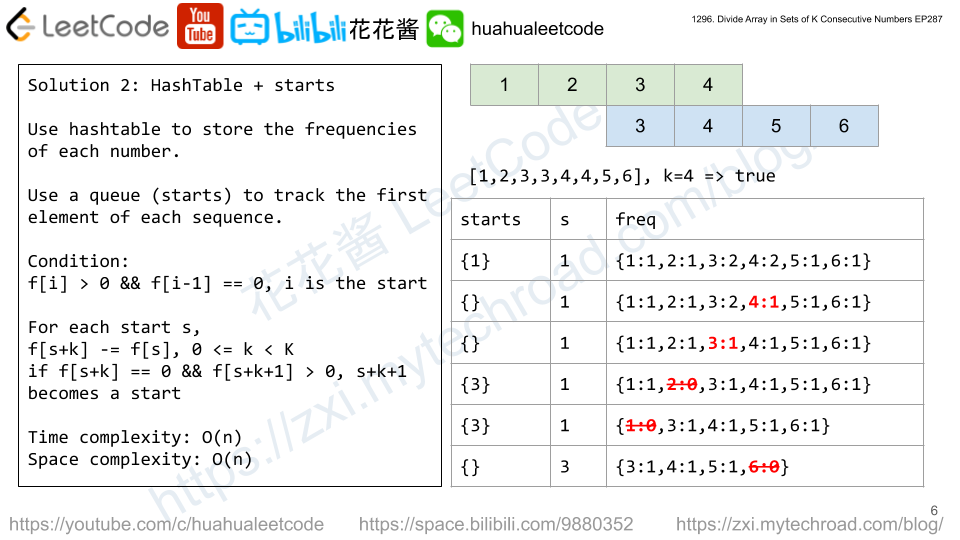Given a positive integer num consisting only of digits 6 and 9.
Return the maximum number you can get by changing at most one digit (6 becomes 9, and 9 becomes 6).
Example 1:
Input: num = 9669 Output: 9969 Explanation: Changing the first digit results in 6669. Changing the second digit results in 9969. Changing the third digit results in 9699. Changing the fourth digit results in 9666. The maximum number is 9969.
Example 2:
Input: num = 9996 Output: 9999 Explanation: Changing the last digit 6 to 9 results in the maximum number.
Example 3:
Input: num = 9999 Output: 9999 Explanation: It is better not to apply any change.
Constraints:
1 <= num <= 10^4num‘s digits are 6 or 9.
Solution: Greedy
Replace the highest 6 to 9, if no 6, return the original number.
Time complexity: O(1)
Space complexity: O(1)
C++
|
1 2 3 4 5 6 7 8 9 10 11 12 13 14 |
// Author: Huahua class Solution { public: int maximum69Number (int num) { string s = to_string(num); for (int i = 0; i < s.length(); ++i) { if (s[i] == '6') { s[i] = '9'; return stoi(s); } } return num; } }; |


